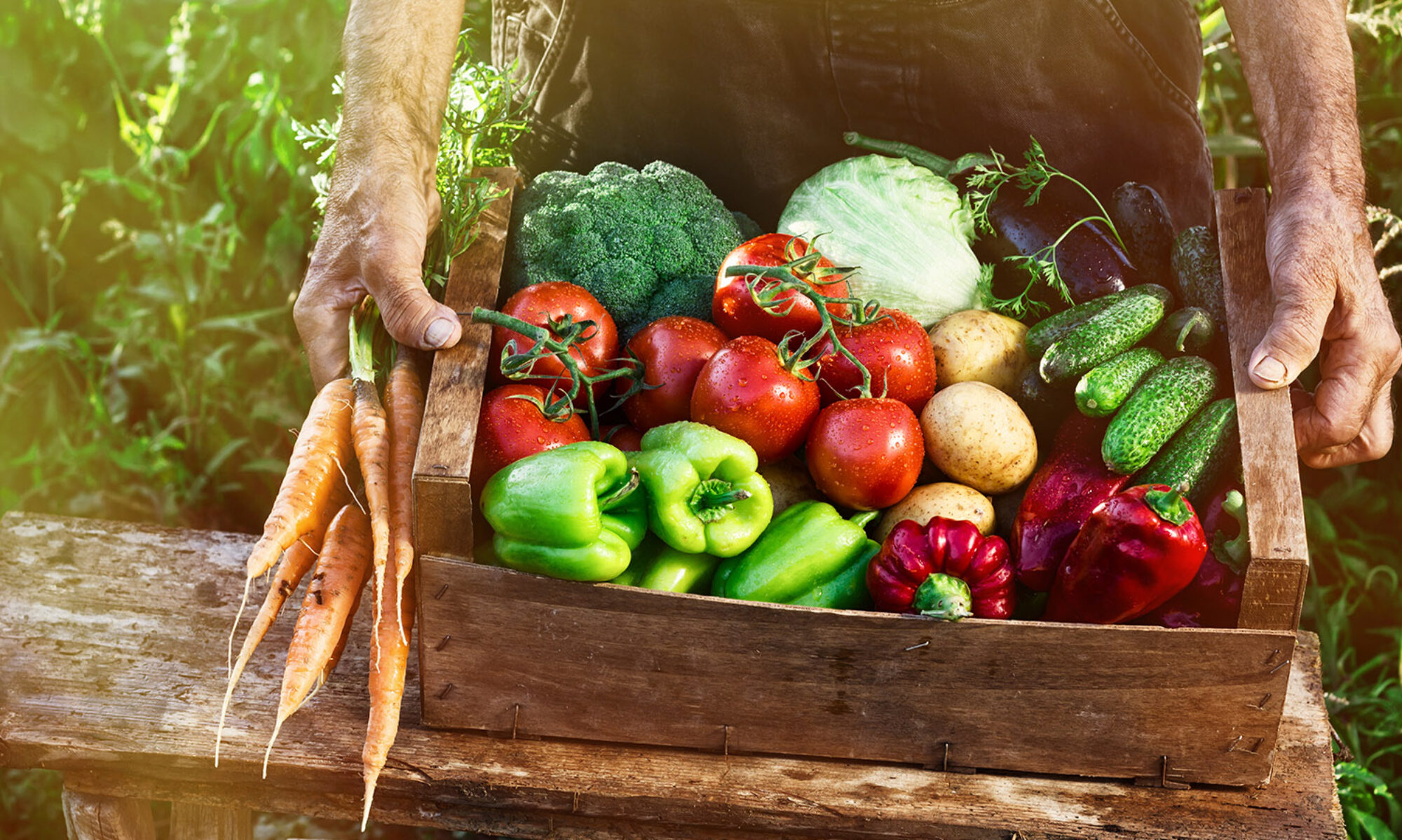 Written by Seth Gitner, 3L at Georgetown, 2017-2018 Student Orgs. Co-Chair
Written by Seth Gitner, 3L at Georgetown, 2017-2018 Student Orgs. Co-Chair
In May of 2016 the FDA announced that it would be amending its labeling regulations by updating the nutrition facts panel.[1] One of the updates to the nutrition facts panel is going to be a line for added sugars.[2] The FDA, after reviewing scientific data, determined that it is difficult to meet nutrient needs while staying within the recommended calorie limits if an individual consumes more than 10 percent of their daily calories from added sugar.[3] A suggested limit to be placed on the intake of added sugars in the diet is supported by the 2015-2020 Dietary Guidelines for Americans, the American Heart Association, the American Academy of Pediatrics, the Institute of Medicine, and the World Health Organization.[4] The reason for these recommendations, which were mentioned above, include the fact that excessive consumption of added sugars can contribute to obesity, diabetes, and heart disease.[5]
Added sugars, for the purpose of the nutrition facts panel, includes sugars that are added during the processing, or that are packaged as such, and includes “sugars from syrups and honey, and sugars from concentrated fruit or vegetable juices that are in excess of what would be expected from the same volume of 100 percent fruit or vegetable juice of the same type.[6] There is a notable exclusions for juice concentrates used to formulate the fruit component of jellies, jams, or preserves, or the fruit component of fruit spreads.[7] The rationale behind this exclusion for jams, jellies, and fruit spreads is unclear.
Jellies are a combination of fruit juice and “one or any combination of the optional ingredients” provided in the standard of identity for “fruit jelly,” which is then concentrated. [8] The fruit juice component must be the “filtered or strained liquid extracted with or without the application of heat and with or without the application of water,” from one of a number of approved fresh, frozen, or canned fruits.[9] This juice can be concentrated before becoming a component of the jelly making process.[10] In a comment to the rule it was suggested that that the characterizing fruit and fruit juices in these product should be excluded from the definition of added sugar because they do not serve as sugar substitutes, and are not added for the purpose of sweetening a food.[11] The FDA, in response to this comment, stated that because “fruit juice concentrates may be used as ingredients in fruit jellies, jams, and preserves, we have excluded those fruit juice concentrates that are used in accordance with the standards of identity.[12]
The FDA’s decision to exclude fruit juice concentrates used in the formulation of the fruit components of jams and jellies is not entirely consistent with other portions of the definition. The reasoning the FDA offered for why added sugars are going to be included on the nutrition facts panel was the it was difficult to meet nutrient needs when added sugars make up more than 10% of a person’s diet.[13] The definition of added sugar includes concentrated fruit juice that has more sugar than the same volume of 100 percent fruit juices of the same type.[14] To go along with a comment recommending these concentrated juices be excluded in jams and jellies because they are not added to sweeten the food, but rather as an ingredient, does not reasonably follow.[15]
As interesting as this exception appears, the question remains: is this a big deal? For people who consume a large quantity of jams and jellies this exception could lead to a consumer’s unknowing consumption of added sugar. Nonetheless, it is unlikely to lead to a level of consumption of added sugar that would be likely to cause serious harm on its own. This could also be problematic and could potentially lead to jams and jellies being used as a sweetener for certain products because it offers a discount on added sugars, i.e. requires only a labeling of some and not all of what would otherwise be considered added sugars, which could potentially mislead consumers. However, as of now there is no evidence that this is happening. As new regulations are enacted it is interesting to observe the response of industry. As for the jams and jellies exception for the added sugars line, only time will tell if it is a mountain or a molehill.
[1] 81 FR 33742.
[2] Id.
[3] Food and Drug Administration, Changes to the Nutrition Facts Label, https://www.fda.gov/Food/GuidanceRegulation/GuidanceDocumentsRegulatoryInformation/LabelingNutrition/ucm385663.htm.
[4] Id.
[5] Harvard Men’s Health Watch, Supra note 1.
[6] 21 CFR 101.9(c)(6)(iii)
[7] Id. The definition of added sugars does not include, “fruit juice concentrates which are used to formulate the fruit component of jellies, jams, or preserves in accordance with the standard of identities set forth in §§ 150.140 and 150.160 of this chapter, or the fruit component of fruit spreads.” 21 CFR 101.9(c)(6)(iii).
[8] 21 CFR 150.140(a)
[9] 21 CFR 150.140(b).
[10] If this juice could not be concentrated before addition and further concentration in the jelly making process, the statement “fruit juice concentrates which are used to formulate the fruit component of jellies” in 21 CFR 101.9(c)(6)(iii) would be meaningless.
[11] 81 FR 33837.
[12] Id.
[13] Changes to the Nutrition Facts Label, supra note 55.
[14] 21 CFR 101.9(c)(6)(iii).
[15] 81 FR 33837.
